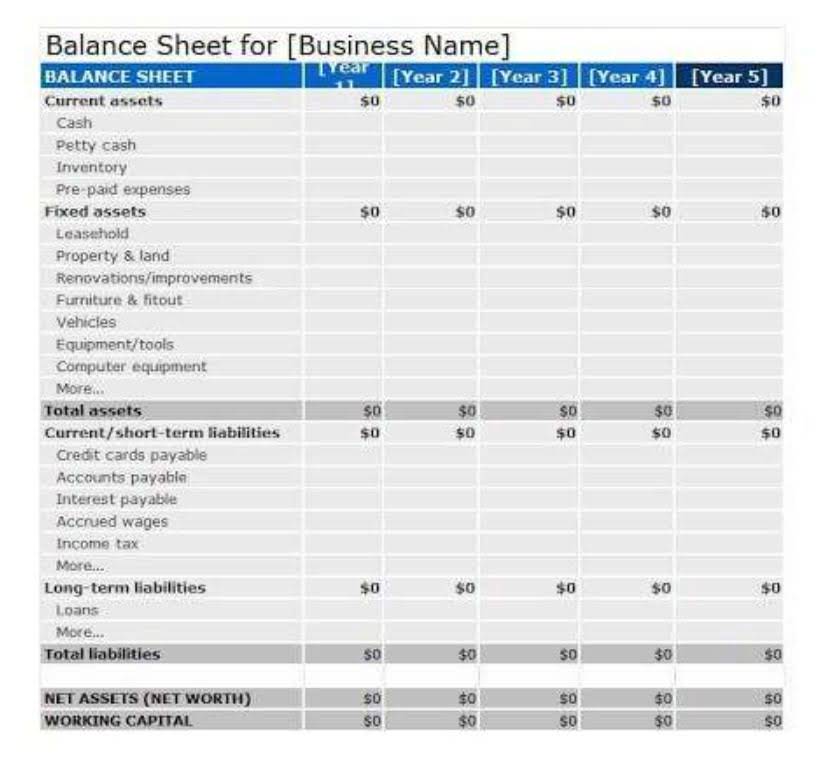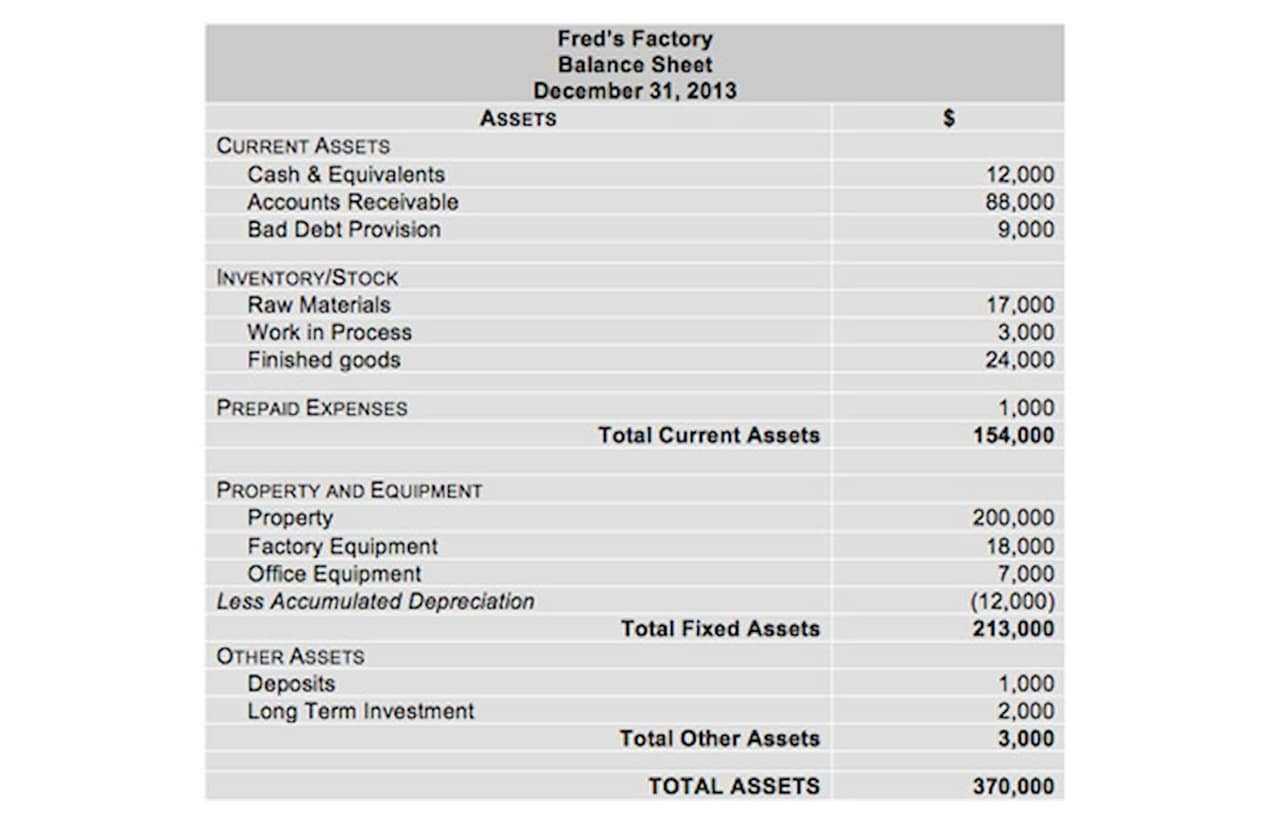
In summary, permanent accounts hold balances that persist from one period to another. In contrast, temporary accounts capture transactions and activities for a specific period and require resetting to zero with closing entries. The Post-closing Trial Balance is a trial balance that only lists all permanent accounts in the general ledger after the closing process is performed. Since all balances of the temporary accounts are zero at this point, no income, expense or drawing account should show in this trial balance.

Account
The purpose of closing entries is to merge your accounts so you can determine your retained earnings. Retained earnings represent the amount your business owns after paying expenses and dividends for a specific time period. For example, closing an income summary involves transferring its balance to retained earnings. This crucial step ensures that financial records are accurate and up-to-date for the next period, making it easier to track the company’s performance over time. So, if the closing entries journal is not posted, there will be incorrect reporting of financial statements. And not having an accurate depiction of change in retained earnings might mislead the investors about a company’s financial position.
What Is a Closing Entry?
The retained earnings account balance has now increased to 8,000, and forms part of the trial balance after the closing journal entries have been made. This trial balance gives the opening balances for the next accounting period, and contains only balance sheet accounts including the new balance on the retained earnings account as shown below. If a temporary account has a debit balance it is credited to bring it to zero, and the retained earnings account is credited to balance the closing entry.
Financial Planning and Analysis (FP&A)
Well, dividends are not part of the income statement because they are not considered an operating expense. In other words, they represent the long-standing https://www.bookstime.com/ finances of your business. That’s exactly what we will be answering in this guide – along with the basics of properly creating closing entries for your small business accounting. Temporary accounts will have a zero balance after closing entries are made. Dividends, representing earnings distributed to shareholders, are closed to the Retained Earnings account. For example, $50,000 in dividends is debited from Retained Earnings, reducing the balance available for future use or distribution.

Characteristics of the Income Summary Account:
- For information pertaining to the registration status of 11 Financial, please contact the state securities regulators for those states in which 11 Financial maintains a registration filing.
- In addition, if the accounting system uses subledgers, it must close out each subledger for the month prior to closing the general ledger for the entire company.
- On the other hand, Permanent Accounts, also called Real Accounts, are ledger accounts whose balances are not closed and are always carried over to the next accounting period.
- In other words, the closing entry is a method of making repayments on all the costs incurred within a given financial year.
- These posted entries will then translate into apost-closing trial balance, which is a trialbalance that is prepared after all of the closing entries have beenrecorded.
- Although it is not an income statement account, the dividend account is also a temporary account and needs a closing journal entry to zero the balance for the next accounting period.
All of Paul’s revenue or income accounts are debited and credited to the income summary account. This resets retained earnings the income accounts to zero and prepares them for the next year. Temporary accounts can either be closed directly to the retained earnings account or to an intermediate account called the income summary account. The income summary account is then closed to the retained earnings account. Once you have completed and posted all closing entries, the final step is to print a post-closing trial balance, and review it to ensure that all entries were made correctly.
Four Steps in Preparing Closing Entries
This is closed by doing the opposite – debit the capital account (decreasing the capital balance) and credit Income Summary. Manually creating your closing entries can be a tiresome and time-consuming process. And unless you’re extremely knowledgeable in how the accounting cycle works, it’s likely you’ll make a few accounting errors along the way. The Income Summary account temporarily holds closing entries all revenues and expenses to calculate net income or net loss before closing it to Retained Earnings.

All these examples of closing entries in journals have been debited in the expense account. At the end of the accounting year 2018, the expense account needs to be credited to clear its balances, and the Income summary account should be debited. Expense account balances are credited to reset them to zero, with corresponding debits made to the Income Summary account. The net balance in the Income Summary, which represents net income or loss, is then transferred to Retained Earnings by debiting the Income Summary and crediting Retained Earnings, completing the closure of the Income Summary. Income summary effectively collects NI for the period and distributes the amount to be retained into retained earnings.
Step #3: Close Income Summary

Closing entries are necessary to reset the balances of temporary accounts to zero and to update the Retained Earnings account. Automation transforms the process of closing entries in accounting, making it more efficient and accurate. By leveraging automated systems, businesses can ensure that all tasks related to closing entries are handled seamlessly, reducing manual effort and minimizing errors. Now, all the temporary accounts have their respective figures allocated, showcasing the revenue the bakery has generated, the expenses it has incurred, and the dividends declared throughout the past year. Eventually, after following the above steps, the temporary account balance will be emptied into the balance sheet accounts. In the above case, a net credit of ₹ 55,00,000 or profit will finally be moved to the retained earnings account by debiting the Income summary account.



